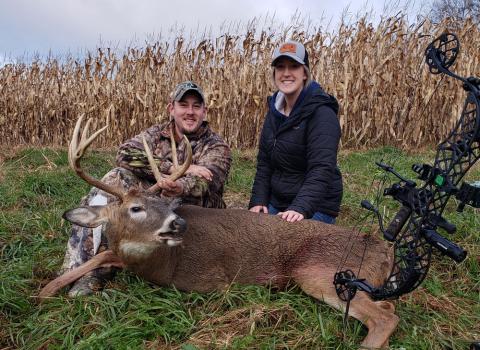Heath Wood
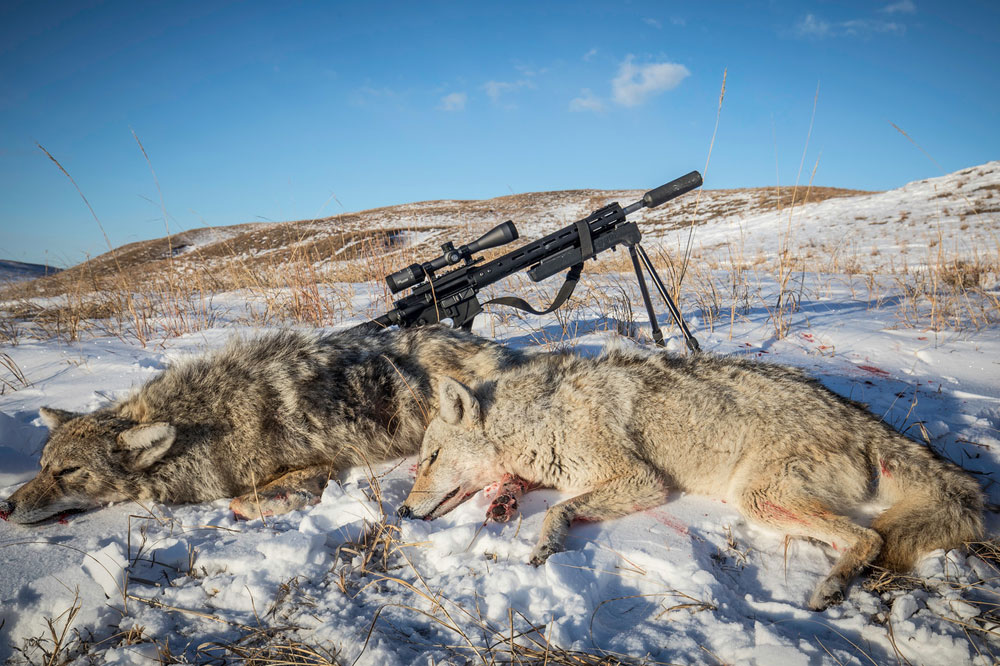
For many, the month of January marks the beginning of a new year that includes plans and goals tailored to result in a more successful year. These plans typically consist of business endeavors, plans to be in better health, and sometimes even include goals to be a more successful hunter. The months of January and February are also an excellent time for football fans. During this time, there are numerous bowl games in college football, as well as the NFL playoffs. Eventually, these playoff games lead to the main event that takes place at the beginning of February, the Super Bowl.
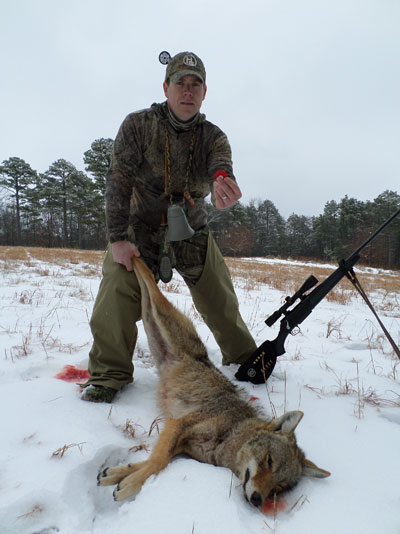
As a predator hunter, the cold winter months of January and February mark the beginning of what is arguably the best time to hunt coyotes. My New Year’s resolution may be to be more successful; however, the success will be marked by how many coyotes I can harvest. The period for this success will be during what many hunters consider the Super Bowl of predator hunting, the first two months of the year when temperatures are cold and the predator calling is hot.
As predator calling continues to be one of the fastest-growing activities among hunters, many are finding out that coyotes can be successfully called into shooting range throughout the entire year, even during the middle of summer.
Even with year-round success in calling, when someone mentions going predator hunting, they generally think of the cold winter months. It is merely the time of year that predator hunters get the most excited. When most hunters think of using a call to bring in predators, they tend to rely on sounds of prey in distress that resemble a free meal when heard from a distance. During those long cold nights that occur during the winter, animals such as coyotes begin to need more food to stay warm to survive. This need for food is one of the main reasons hunters enjoy calling during this time of year. When playing the sounds of something that can make a quick meal without having to search hours upon hours, a fast response is likely.
During late December and the entire month of January, my most used sounds on my FoxPro Shockwave is Eastern Cottontail, Lighting Jack, Rodent Distress, and Raspy Woodpecker. These calls are sounds of food sources for predators, which makes an excellent choice when food is what predators are needing.
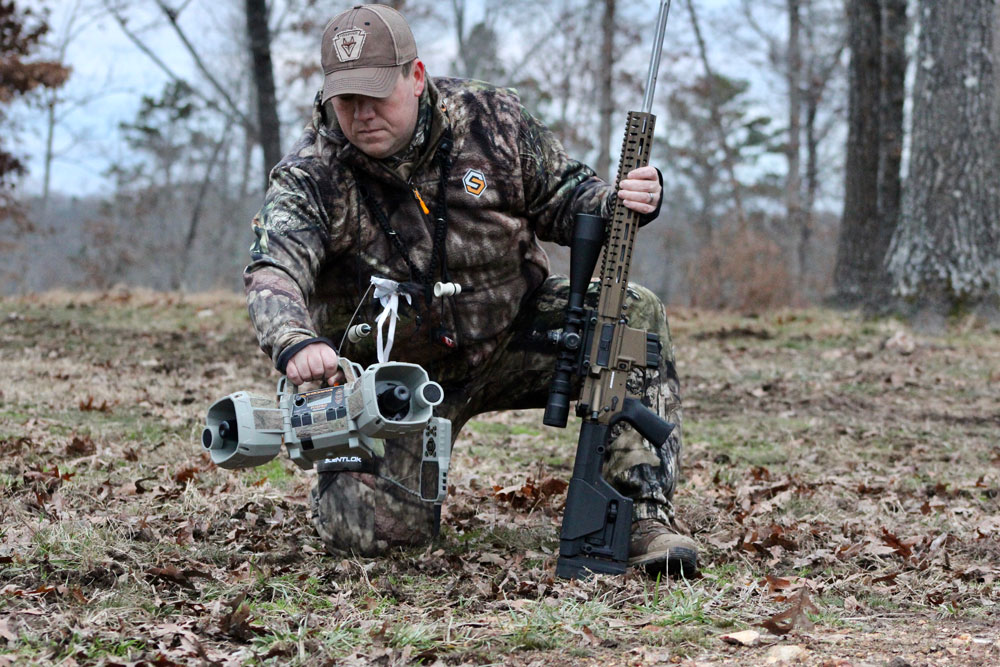
When winter progresses from late January and into February, I begin to enjoy another perk that naturally occurs, and one that is beneficial for predator callers. During this time, coyotes begin mating, which makes them seem to be more active than usual. My favorite part of this time of year is the ability to incorporate coyote vocals along with the prey-in-distress sounds to make my calling more successful. Even though I love using coyote howls throughout the entire year, during the winter months, using coyote vocals such as howls, barks, yips, and whines can spice up one’s calling sequence. Introducing vocals to a calling sequence triggers a territorial instinct along with a curiosity due to the breeding season.
One of my favorite calling sequences during the breeding period is to start with a few soft howls made by my diaphragm howler or an open reed howler. After a couple of short series of howls, I pause for two to three minutes before playing some prey-in-distress sounds on my electronic caller. After the distress sounds have been playing for a few minutes, I begin making high-pitched yips and whines on my diaphragm call.
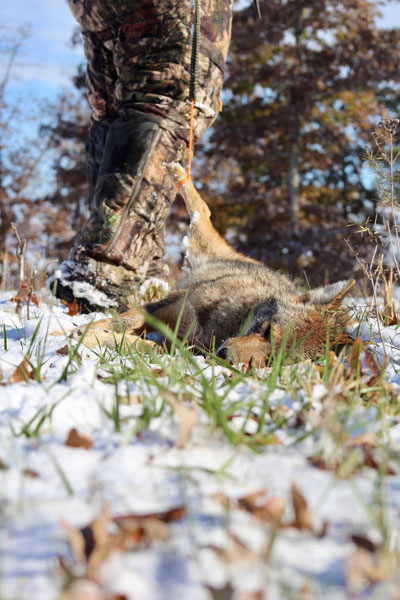 This sequence is first to introduce a coyote into the area as I often do by howling. Next, I gain their interest by playing a prey-in-distress sound that triggers their stomach. If nothing has committed to these two sounds by 10 to 15 minutes, I add the yips and whines into the sequence, as well as a few pups-in-distress sounds to finish off a setup. This sound selection is to trigger the curiosity of a coyote sound that resembles a coyote in heat, trying to find a mate or one who has found a mate and is making other coyotes in the area curious and jealous. When these reactions occur, by using territorial, food source, and breeding sounds all in one setup, a more successful rate of calling in coyotes occurs.
This sequence is first to introduce a coyote into the area as I often do by howling. Next, I gain their interest by playing a prey-in-distress sound that triggers their stomach. If nothing has committed to these two sounds by 10 to 15 minutes, I add the yips and whines into the sequence, as well as a few pups-in-distress sounds to finish off a setup. This sound selection is to trigger the curiosity of a coyote sound that resembles a coyote in heat, trying to find a mate or one who has found a mate and is making other coyotes in the area curious and jealous. When these reactions occur, by using territorial, food source, and breeding sounds all in one setup, a more successful rate of calling in coyotes occurs.
The cold winter months are a great time to throw a wide selection of sounds in the air when calling. However, this isn’t the only reason that many hunters prefer this time to hunt. Another perk during this time of year is attaining fur. Not only does a coyote need a lot of food to stay warm during bone-chilling temperatures, they also sport the thickest coat to help trap in body heat. When fur is in prime condition, hunters can save them throughout the hunting and trapping season and sell them later to make clothing and gear.
Faster response times during the breeding season, as well as making a profit from furs, makes it easy to see why so many enjoy hunting this time of year.
















